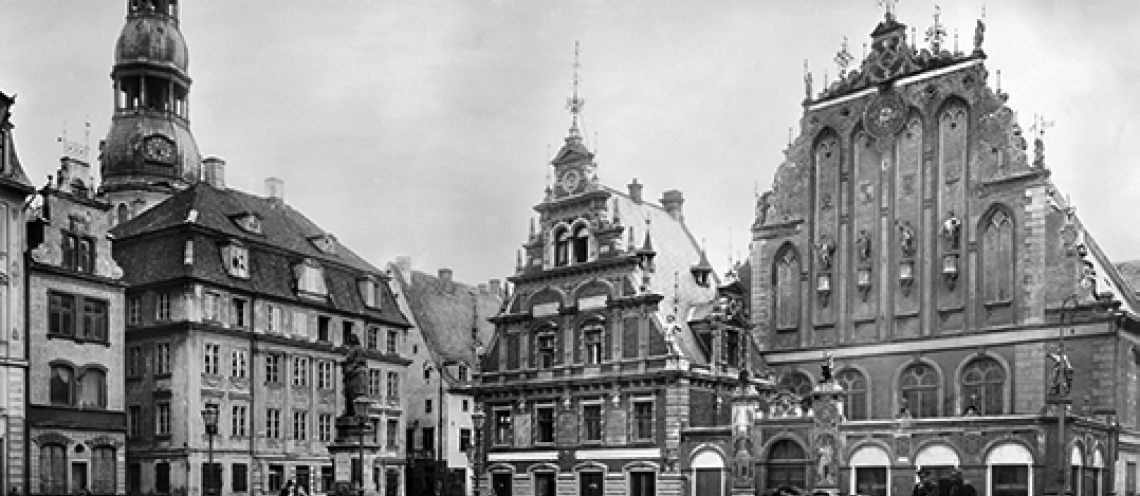The House of the Black Heads, originally known as the New House, was built in 1334 as part of the Riga Town Hall Square ensemble but has been rebuilt several times since 1522.
The building was initially constructed as a place for meetings and feasts held by various social organisations in Riga, however, in the 17th century, the jovial and enterprising foreigners, comprised of mostly German merchants, who were known as the Brotherhood of Black Heads, became the sole residents of the building. One of the many guardians of the association was Saint Maurice — the commander of the Roman Legion, who died a terrible martyr’s death by having his head cut off. The image of a moor's head subsequently became the identifying sign and symbol of the Black Heads and was also incorporated in the association’s coat of arms.
During World War II, the building deemed as the fanciest jewel of Riga was reduced to rubble — after the bombardment after being bombarded by two armies, the building burned down and was later blown up.
In the 90s, during the Third National Awakening of Latvia, the idea of restoring the House of the Black Heads was born, and in 1992 archaeological excavations began at the site of the destroyed building. In 1996, SIA (LLC) "Rīgas nami” began the construction works of the new House of the Black Heads following the archaeological research and the uncovered foundations. The inhabitants of Latvia also participated in the renovation of the building by donating funds. The reconstructed House of the Black Heads was consecrated on December 9, 1999.
The wish that was once written on the gates of the building has been fulfilled — If I were to ever collapse, raise me up once again!
